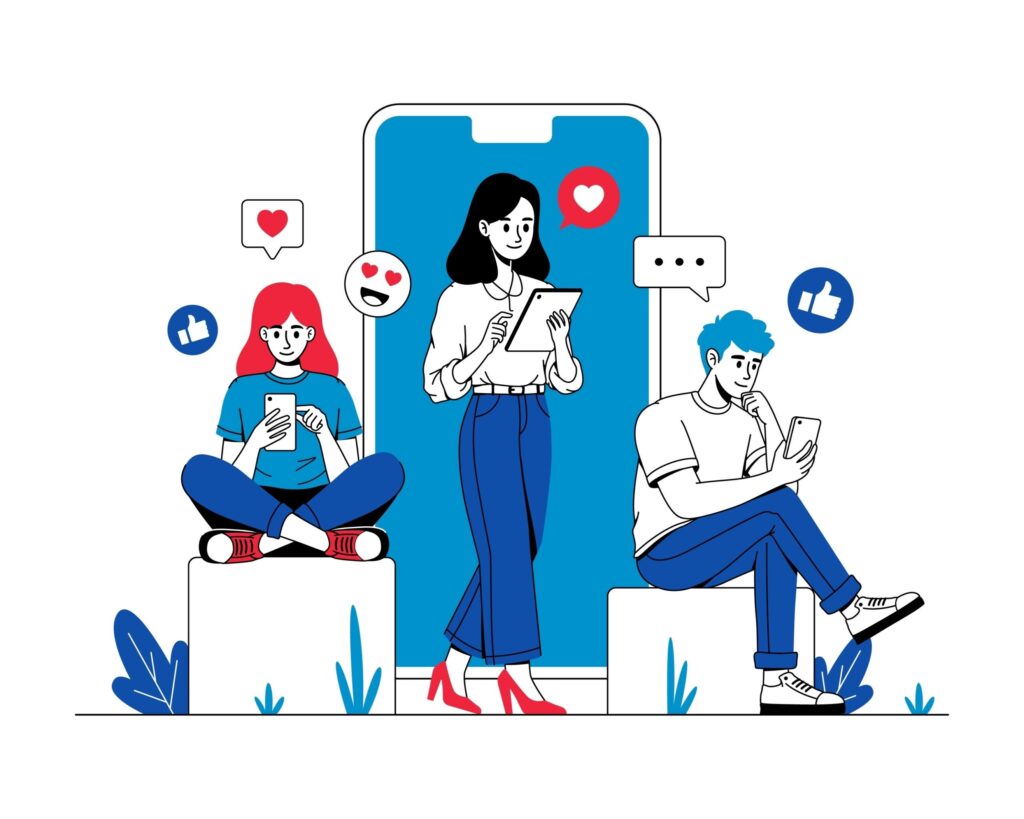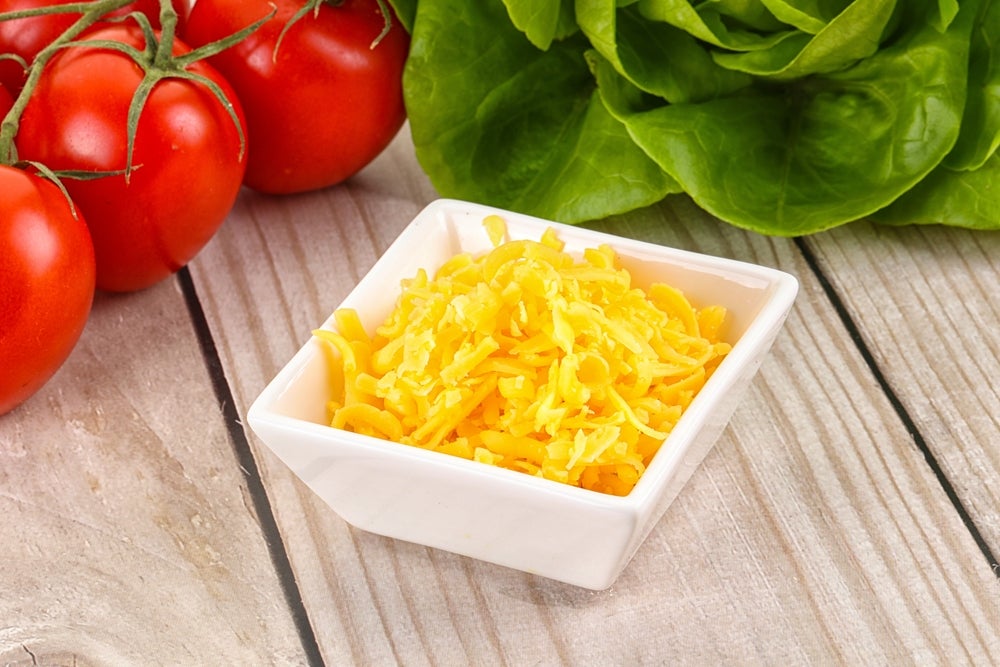Conducting some brand recognition research within my family, I asked my 14-year-old nephew what commercials he remembered from Super Bowl ’07.
He named two: Budweiser and Doritos.
If nothing else, that proves alcoholic beverage ads reach young people whether they’re intended to or not.
And that issue has come up with 27 state attorneys general.
The AGs warned Anheuser-Busch last month that its Spykes, Tilt and Bud Extra caffeinated alcoholic beverages appear to be tailored to the young.
Under pressure, a week later the company yanked Spykes citing sluggish sales and “unfounded criticism.”
The AGs criticized the brewer on a number of points.
For starters, they argued that the combination of caffeine and alcohol can be dangerous. They also noted that Spykes’ primary advertising channel, its Web site, www.spykeme.com, had no way of preventing underage access. (Another group of AGs recently said the same thing about www.Bud.TV.com.)
Finally, the AGs charged that Spykes’ flavors and colorful packaging was particularly attractive to teen drinkers.
The packaging is colorful. And the colors do reflect flavors like mango, melon, lime and chocolate.
Moreover, the 2-ounce bottles, which contain 12% alcohol, can easily be slipped into the purse or pocket, the AGs charged. How convenient for young drinkers.
But the biggest question is less about action than intent. Assuming it is operating in good faith, what can Anheuser-Busch do to protect young people (and itself?)
If the packaging is designed to engage the 21 year-old, how do you prevent it from appealing to a 20 year-old or even a 16 year old?
Can flavors like Hot Chocolate and Spicy Mango be manufactured to taste good only to those of legal drinking age?
And is there a color that would turn off those under 21, but not those over?
Under fire from the AGs and others, Anheuser-Busch spokesperson Francine I. Katz argued that there are more than 50 products in this category, and that they come in many colors and flavors. Among the purveyors is Beam Global, which markets Starbucks coffee liqueurs.
Most alcohol marketers conduct campaigns to get young people to drink responsibility. But are they really walking the talk? In covering the beverage beat for the past five years, I’ve been asked that question on a number of occasions.
Parents argue that their kids are being barraged with alcoholic beverage advertising before they are old enough to belly up to the bar. And that’s not the only thing they are upset about.
Another is the marketing of sugary foods (which critics have linked to obesity). Then there are tobacco ads and the promotion of oversexed toys, like the Bratz doll (see story on page 8).
There may be no way to win this debate. But one thing’s for sure.
Disaster awaits any brand that acts cynically.
Send your comments to Patricia Odell at patricia.odell@penton.com
TALK TO US!
We’d like to hear what you have to say about us or about news,
trends and issues in promotion marketing. To contact the editor: Mail: Promo, 249 W. 17th St., 3rd Floor, New York, NY 10011-5300
Fax: 913-514-7179
E-mail: larry.jaffee@penton.com
Phone: 212-204-4222



